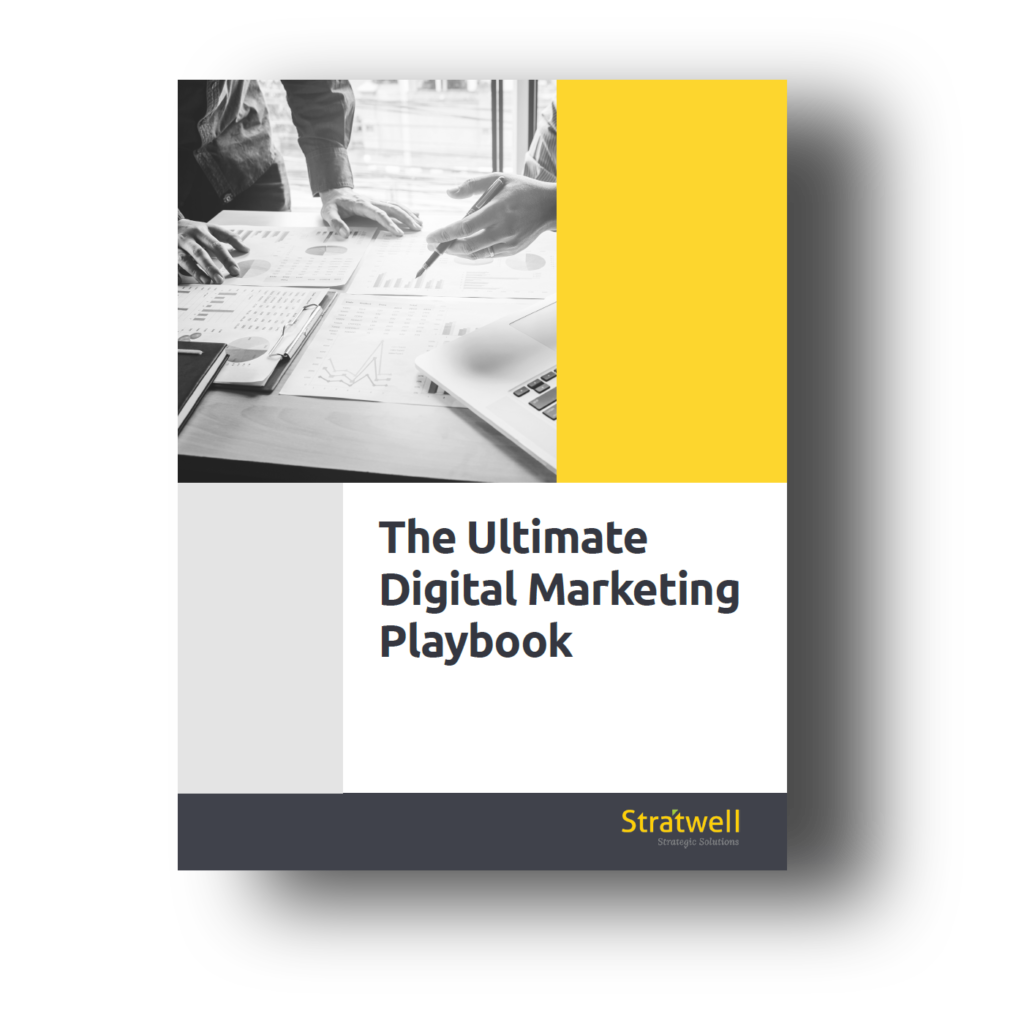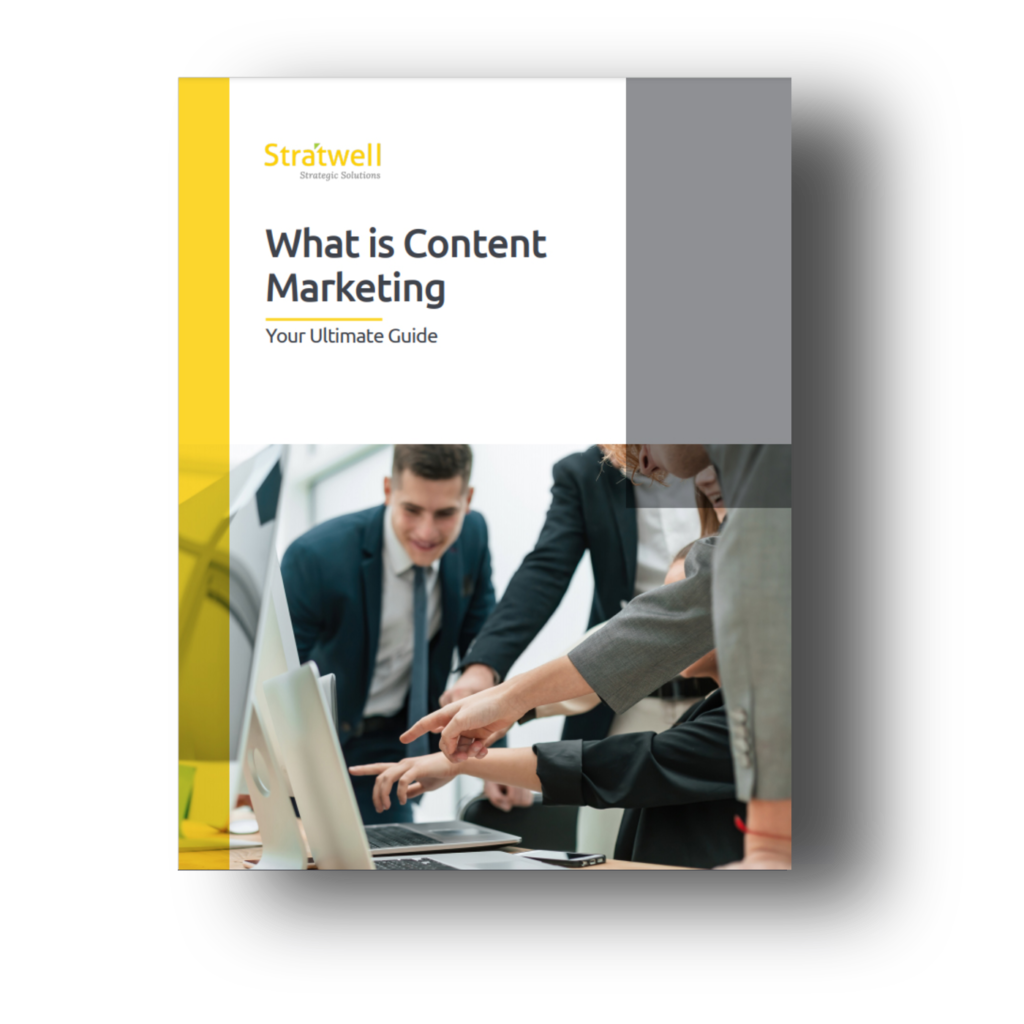From social media ads to popups and other unsolicited messages, internet users are often bombarded with promotional content. Due to this, people are now more selective about who and what they pay attention to. They prefer to engage with some brands and ignore others.
If you’re doing email marketing right, you would have already received people’s express permission to market to them. This permission is a sign that they want to engage with your brand. As such, email marketing creates a personal, an inexpensive and effective means to connect with your audience. But it’s not without its rules.
In this article, we will be discussing email marketing best practices and the unhelpful habits to avoid. This is so you can maximize this marketing channel and avoid missing out on its benefits due to the mistakes made.
What is Email Marketing and How Does It Work?
Email marketing is the process of connecting with your audience via emails to promote your business.
With email marketing, the ultimate goal is to promote your business, but that doesn’t imply that all your content should be sales-related. You are looking to build a relationship and reward the trust your leads have shown you by providing their emails.
As such, your messages should offer value. Relay helpful information. Keep your audience abreast of what’s going on with your brand or entertain them. Simply put, do things that are helpful and on-brand.
The key to a successful email campaign is finding the right balance between pushing for sales and giving valuable content.
Why Email Marketing?
Email Offers the Highest ROI of All Marketing Channels
That’s right. According to a study by Litmus, email delivers an average return on investment of $38 for every $1 spent. That’s more than what any other marketing channel can cough up. Such ROI means no serious brand would ignore email marketing for too long.
It has a Wider Reach
A broader reach doesn’t equal more sales. But imagine being able to connect with more of the right people? You can do this by carefully crafting your messages and reaching your target audience.
As of 2019, there were about 3.9 billion email accounts globally, and this number will keep growing. Your customers will always be among these users, and email gives you an extra platform to engage them.
It Gives You Control
Factors that are outside your control may affect your interactions with your audience depending on the platform that you are using. Perhaps none of these channels offers you as much access to your customers as email does.
You can schedule your content and be sure it will land in your readers’ inbox when you want it to. There’s also the freedom to try out different content forms and even combine them in one email for the best results.
It’s Very Versatile
You can use email to achieve several business goals. It’s perfect for lead generation, works well for creating brand awareness and building relationships. You can also use it for marketing your products or services directly.
Other Handy Email Marketing Stats
Email is 4 times more effective for customer acquisition than Facebook and Twitter combined.
More than 90% of consumers open their emails daily.
60% of marketing professionals say email marketing yields positive returns.
According to SalesCycle, email influences the purchase decisions of 59% of B2C customers.
While at work, B2C customers check their personal emails for about 2.5 hours on weekdays.
85% of B2B marketers use some type of email marketing software. This places it just behind analytics software as the second most used marketing tool.
81% of B2B marketers say email newsletters are their most applied form of content marketing.
Email subscribers are 3 times more likely to share your content on social media.
Consumers that receive marketing emails spend 138% more than those who receive no email offers.
Email Marketing Dos
Half of marketers say that their email campaigns are average or poor. Obviously, that’s because they’ve not been getting the desired results. It doesn’t matter if you’re in that group or not. The following tips will help you get the best from email marketing.
Set Goals for Your Campaign
All the buzz around email marketing can make you want to dive right in without a plan. However, it’s always best to begin by outlining what you’d like to get out of the campaign. This will help you clarify other vital aspects like the type of content to create, who to target, and what counts as success.
Ideally, you’re to link your email campaign goals with broader business objectives. These could include:
- Driving more traffic to your website
- Making more sales – including cross-selling, up-selling, and preventing cart abandonment
- Nurturing leads
- Keeping customers or subscribers informed about issues surrounding your business
- Creating stronger relationships by driving more engagement and communication
- Collecting data through surveys
You also need to create sub-goals that will help you track your progress towards achieving your broader objectives. These smaller milestones are usually email-specific. They include metrics like the average number of open and click-through rates you’re targeting. You can use data from your industry to help guide your forecasts.
With your big and small goals in mind, it’s time to add numbers and a timeframe to them. For example, you could have the overall target of improving sales through emails by 5% by the end of the third quarter. To achieve this business objective, you could determine that you’d need to improve your click-through rates by at least 20% within that time.
Know Your Audience
You really can’t get much done in marketing without understanding your target audience. That applies to email marketing too. You’ll have to gather all the information you know about the people you would like to connect with to get meaningful results.
Members of your audience are similar on several levels and different on many others. Treating them the same or sending everyone similar messages can turn them off.
However, you can group your audience and reach out to different segments based on their peculiar traits and where they are in their buyer’s journey. This would improve your results since people would be getting messages that are relevant to them.
In fact, research shows that marketers who used segmented emails noticed a 76% increase in revenue.
Some labels you can use in segmenting your audience are:
- Different stages of the buyer’s journey
- Demographics
- Past activity
- Geographic location
- Product and content interests
Segmenting your audience using these labels would involve ongoing data analysis and the creation of structures like separate sign-up lists.
Create Quality Content
Content is the backbone of successful email campaigns. Creating carefully crafted email content will sure keep readers engaged and help to achieve your goals.
Craft Enticing Subject lines
Many people push the email subject line to the backburner and hastily cook up something unappealing. That’s a mistake. Your subject line is the first thing readers see when they get your email. If it’s not compelling enough, they are likely not going to open it. And what’s the point of sending emails people won’t read?
Here are some top tips for writing subject lines that will catch your reader’s attention:
- Include the reader’s name, if possible
- Give a clue to what’s inside the email (be clear and descriptive)
- Keep it short, so it’s readable on every device (preferably between 35-40 characters)
- Use a question where appropriate to engage your readers and pique their interest
- When sending offer emails, your subject line should communicate scarcity
- Don’t make outrageous promises or use too many exclamation marks or currency signs
- Try emojis, but only if they are on brand (Statistic shows that including an emoji in your email subject lines leads to a 56% increase in open rates than text-only subject lines)
Provide Value
The last thing you want to do is make all your email marketing content about selling something. Don’t forget that one of the goals of email marketing is to build relationships.
For that to happen, you need to give your readers something to look forward to in your emails. A general rule of thumb is to peg promotional content at 20% of your total messages and helpful information at 80%.
If you’re wondering what exciting topics you can talk about in your emails apart from offers, here are some ideas:
• Company stories – help people know you by sharing content like interviews with team members, company history, and news like recent awards or milestones, business reports, open positions, event information, company photos, and customer stories.
• Product updates and guides – create content on product news, how-tos, tips for getting the best results, case studies of your product in action, and interesting facts about your product and its uses.
• Trivia – this can create incredible engagement but ensure you stay on brand! Share content like fascinating industry facts or events, interesting data-driven stories, surveys and polls, social media updates people may have missed, infographics, quotes, or funny posts.
• Content for Customer Support: Share links to free helpful resources and answers to frequently asked questions (FAQs).
Use Compelling Calls-to-action (CTA)
Your call-to-action is just as crucial as the subject line and email body. You should aim to elicit some kind of response from each email because you want to engage your audience.
Apart from getting people to click on a link to a product landing page, you could ask them to access related resources (blogs or guides), reply to your email or offer answers to a poll.
One of the first pointers you want to apply in crafting your calls-to-action is using punchy verbs. They are direct and inspire people to take action. Examples include: “create, enter, find, join, now, new, start, save, try, and get.”
These verbs are great but can’t do much on their own. They need the body of your email to amplify their effects.
This means you can’t expect your CTA to magically convert people if your email’s body is disjointed. There must be a cohesive force that holds all your thoughts together and ends with your call to action that reflects your message’s essence. Also, keep the CTA short and to the point.
It’s also advisable that you embed your email CTA in a button. Study shows that using a call-to-action button instead of a hyperlink can improve click-through rates by 28%.
In creating your CTA button, use bright colours that contrast with the email body to make it stand out. The best performing buttons are those placed towards the end of the email and to the right of the entire message.
Structure Your Email for Great User Experience
Designing your email to ensure your readers can interact with it easily can increase your click-through rate and reduce your unsubscribe rate. One way to craft easily accessible emails is to optimize them for various devices, especially mobile. As of 2020, 81% of emails were being opened on mobile devices.
Another helpful design tip is to use images strategically. They can help make your content more engaging. But ensure they are optimized for all devices and don’t use too many of them. HubSpot has found that emails with more images tend to have lower click-through rates.
Conduct A/B Testing
A/B testing in email marketing involves sending varying versions of an email to different segments of your audience to determine which one performs better. It helps you identify how small changes can affect your results and which variables are critical to improving your success.
To conduct A/B tests, you’d have to identify the elements of your email you’ll use as test variables. These are parts of the emails you will change to see how they affect the message’s performance. Email elements you can test include:
- Subject lines – checking the results generated by different words, phrasing and tone
- Content – using a separate copy for each subset of your audience, testing the effects of varying content length, etc.
- Levels of personalization – for instance, using recipients’ names as opposed to personal pronouns
- Visuals – trying to see how using images or leaving them out affects your results or how different visuals influence the campaign
- Calls-to-action: for example, testing button versus text or varying the copy
- Send time – checking for the best days or times to send your emails.
Certain changes will influence your results more than others, and that should help you prioritize the elements to test. For instance, changing the wording in your subject line will likely have a more telling impact on results than varying the image styles. So, testing the former first would be more prudent.
Apart from choosing the variables to test, you must also determine the criteria for selecting the best-performing email. Will you determine this by using open rates, click-through rates, replies, or revenue? Your choice of standards will depend on the campaign’s goal or the content type you’re sending.
You can carry out A/B tests with tools like Mailchimp, HubSpot’s Email Marketing tool, and Campaign Monitor’s analytics suite.
Monitor Results
Keep your thumb on the pulse of your email campaigns. This is so you can know how well you’re doing and what types of interventions you might need to improve results.
Email service providers typically provide you with reports using specific metrics that will help you understand your campaign’s performance. Some of these metrics include:
- Open rate – the percentage of your subscribers that opened your email
- Unique opens – number of new subscribers that opened your email
- Click-Through rate – the percentage of people who clicked on a link in your email
- Unsubscribe rate – the number of people who unsubscribed from your mailing list via that email
- Shares – the number of people that shared your email on social media or forwarded it to others via email.
Email Marketing Don’ts
Don’t Overwhelm Your Subscribers
Pace yourself.
The last thing you want is to annoy your readers by sending too many emails in a short time. It will likely get your email flagged as spam or cost you some subscribers, as revealed by statistics.
A whopping 78% of customers have unsubscribed from the mailing lists of brands that sent them too many emails. “Too many emails” also ranks as the top reason why people unsubscribe from emails, with 59% of consumers voting for it.
Don’t Purchase a List
Buying an email list seems convenient and cheap compared to painstakingly building your list from scratch. But it’s a terrible idea for many reasons.
For one, it gets you the contacts of random people who may not even be interested in your product or service. You could be lucky to find those who want products like yours, but they will have no strong reasons to buy from you since there’s no existing relationship. In fact, your chances of converting them are slim because they would likely be irritated by your unsolicited emails.
Instead of limiting your results from email marketing by buying a list, invest in content marketing. Combine it with search engine optimization and use the duo in directing quality traffic to your website. And when people arrive, make sure you have an irresistible lead magnet they will want to receive in exchange for their contact.
Don’t Ignore Customer Protection Regulations
Unfortunately, the rush to sell things can easily lead some marketers to infringe on people’s privacy rights. That’s why various consumer protection laws regarding marketing messages have been created.
For example, there’s the Canada Anti-Spam Legislation (CASL). While it’s Canadian law, it doesn’t only apply to Canadian ventures but all businesses that send marketing messages to Canadian residents. CASL, for example, mandates firms to get explicit consent from people before sending them electronic promotional messages.
There’s also the General Data Protection Regulation (GDPR). Although Europeans developed it, it applies to every business, regardless of its location, that collects personal data from EU residents.
One of the points under the GDPR is that opting out of an email list must be as easy as signing up. For you, this would mean including a glaring “unsubscribe” button in your emails and or creating a detailed guide that tells people how to opt-out of your email list.
Businesses that violate these laws will face stiff penalties ranging from huge fines to criminal charges. To avoid such setbacks, you must find out the laws that govern online marketing in your region and beyond. Then build them into your email marketing campaigns.
Conclusion
Email marketing can be a powerful tool but it’s important for you to abide to the best practices. If you’d succeed at email marketing, you can’t ignore the dos and don’ts we’ve examined. Perhaps you’re wondering how to capture all these guidelines in a concise statement. The answer is, do what’s in your customers’ best interest.
What is your take on email marketing? Share your thoughts with us in the comment section below.
Enjoy this article? Subscribe to get similar articles delivered to your inbox and don’t forget to share it with your friends.
Alan Lo, Managing Partner of Stratwell Strategic Solutions, brings a decade of entrepreneurial and business development experience. Early in his career he was instrumental in building out the distribution channels of a real estate investment firm with over $2 billion in AUM. He has then founded an investment company in 2014 which he successfully exited in 2019.












